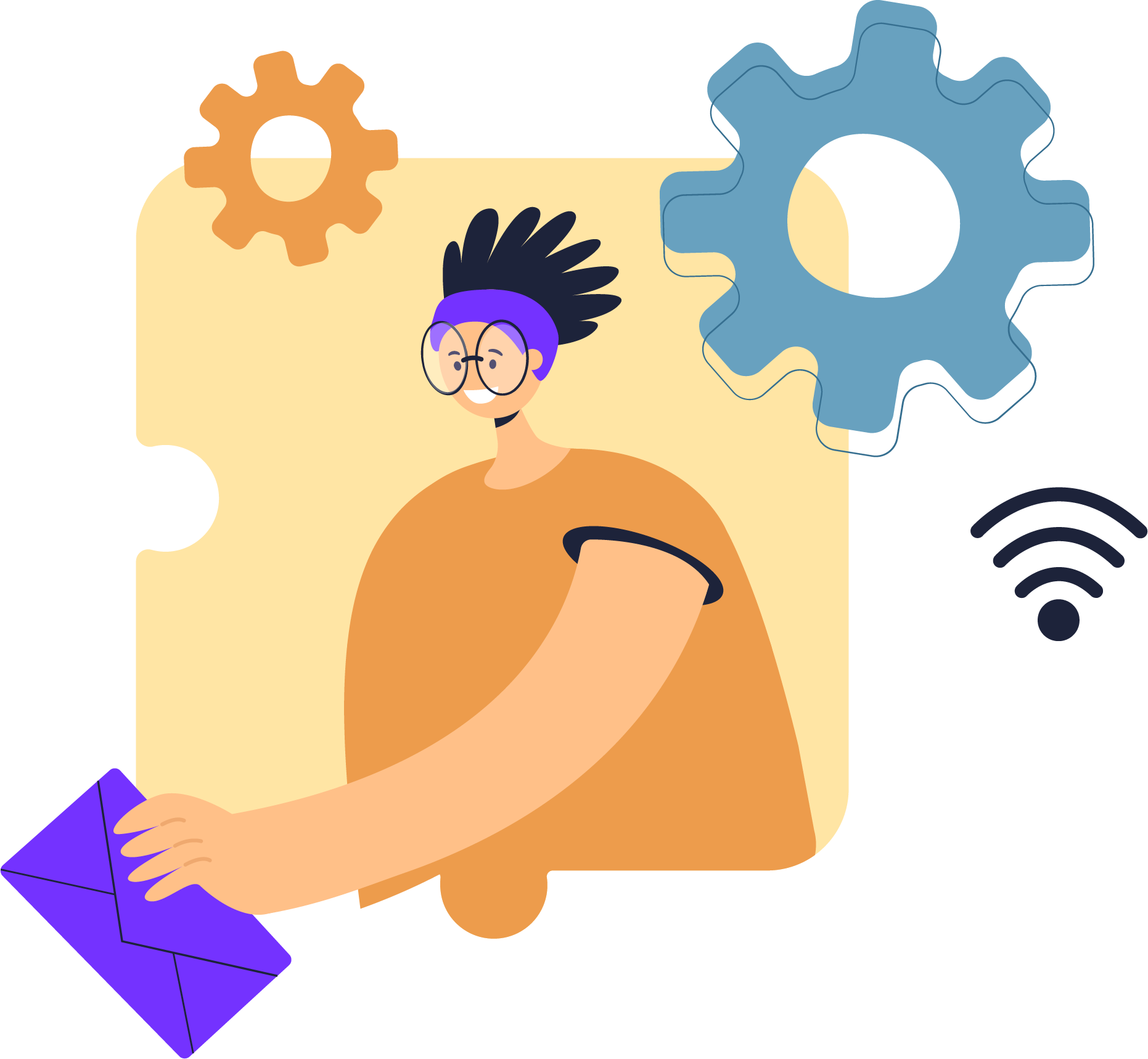
Designing an attractive and intuitive interface is a crucial aspect of modern product development. It forms the heart of interaction between users and the product, whether it’s a website, an app, or software. But to truly unleash the potential of UI/UX design, user testing must take center stage. It offers actionable insights into user behavior, needs, and expectations, making it the bridge between design theory and user satisfaction.
Understanding User Testing
At its core, user testing involves a series of methods used to evaluate a product by testing it with potential users. This process allows designers to validate their design solutions and directly improve the user interface (UI) and user experience (UX). It’s an essential tool for discovering what works and what doesn’t, enabling a user-centric approach that aligns with actual user needs and behaviors.
Benefits of User Testing
Making Products More User-Centric
User testing enables you to create designs that truly resonate with the users. By involving users in the design process, you can incorporate their feedback directly into your designs, creating solutions that meet their needs and expectations.
Reducing Development Time and Costs
By incorporating user feedback early and often, you can identify potential issues before they become bigger problems. This proactive approach can prevent expensive design overhauls down the line, saving both time and money.
Enhancing User Satisfaction
When a product is intuitive and user-friendly, it translates to a better overall user experience. Increased satisfaction leads to greater user loyalty and engagement, which can boost product success and profitability.
User Testing Methods
There are many user testing methods available, each with its unique strengths. The choice of method depends on your project needs, budget, and timeline.
- Usability Testing: Usability testing allows you to observe how users interact with your design and where they encounter difficulties. It can be conducted in-person or remotely, and it can be moderated (where a researcher guides the participant) or unmoderated (where users complete tasks on their own).
- A/B Testing: This involves testing two versions of a design element to see which one performs better. It can be particularly useful for refining UI elements such as color schemes, call-to-action buttons, or layout structures.
- Card Sorting: In card sorting, users organize topics into categories that make sense to them. This method helps designers understand users’ mental models and structure information accordingly.
- First Click Testing: This is where you measure what a user clicks on first when given a specific task. It helps designers understand if the most important information is easily discoverable to the user.
User testing, when done right, can unlock the full potential of your UI/UX design. It helps align design decisions with user needs, improve product usability, and ultimately enhance user satisfaction. So, it’s not just about creating beautiful interfaces but interfaces that work, making user testing an undeniable must in the world of UI/UX.
In a landscape dominated by customer experience, it’s crucial to remember that your users have the final say. So, let them guide your design journey and unlock the potential that user testing offers. Unleash the power of user-centric design with Dvayweb today!










